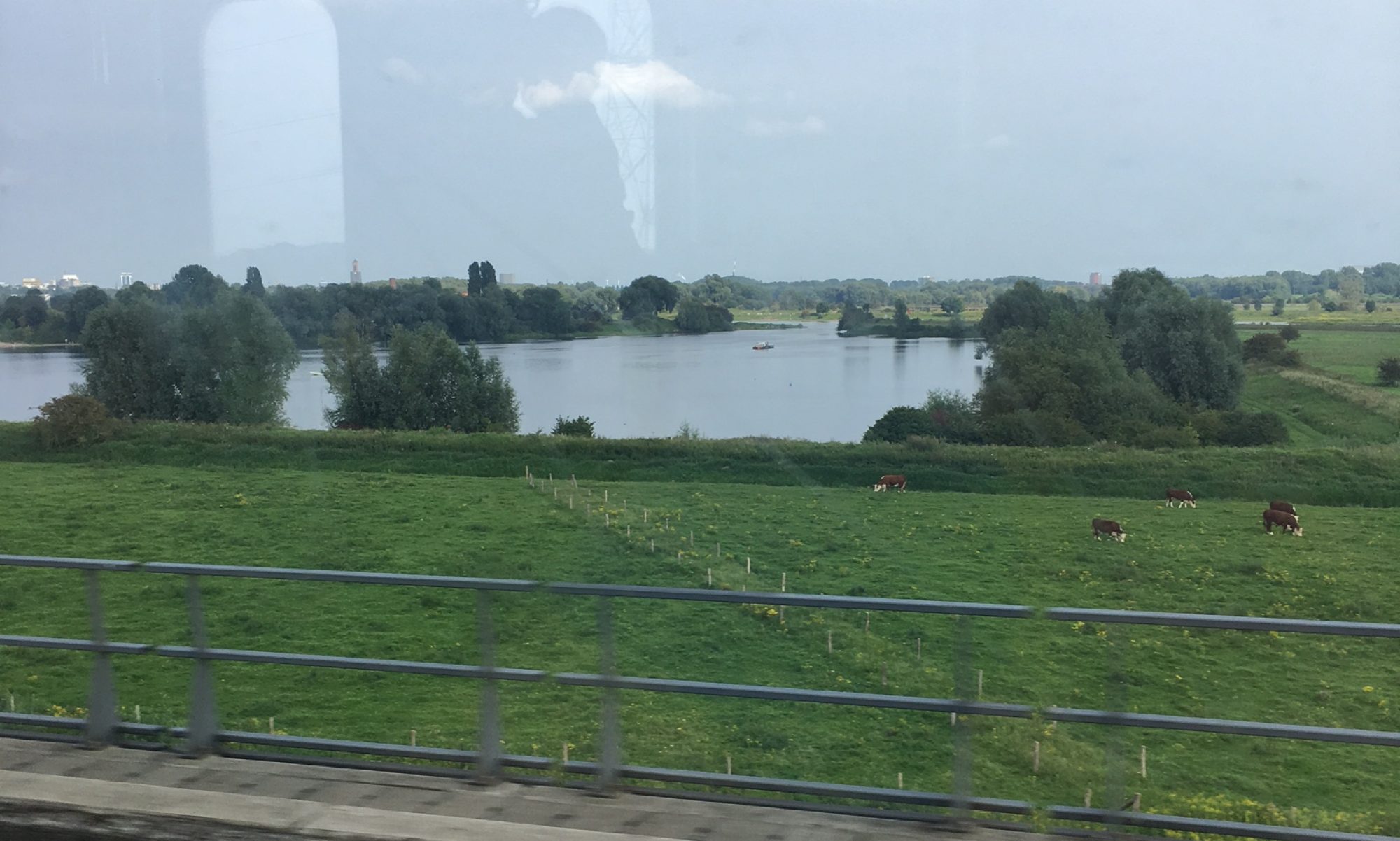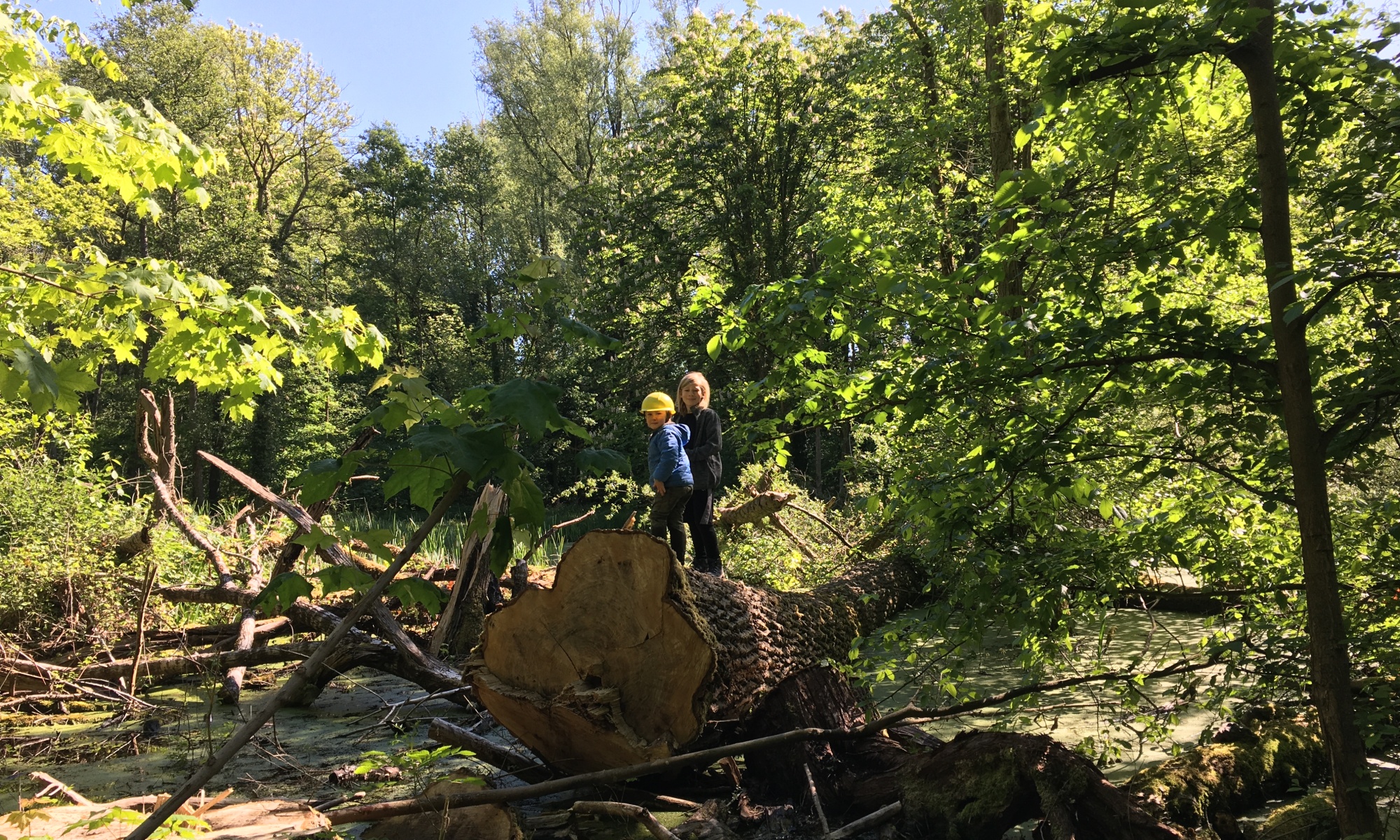Friends have been asking for details about our return to school here. What has it been like, how has it gone? Is it all kids in masks, temperature checks, universal testing, kids socially distancing from each other? (Spoiler alert: No. Context first, specifics second.)
The Netherlands is not Sweden in having kept primary schools and restaurants open through the Coronatijd (Corona Time). But nor have we had the level of lockdown of most places in the US and the rest of western Europe. Our borders have not been closed; restaurants largely still do takeout, though no dine-in; and wildly, although personal-contact services have been closed, many shops have remained open, despite their non-essential nature.
Here’s what else looks different than how I perceive things to be in other places:
-
- People go outside a LOT, which is encouraged, and more or less seem to maintain the 1.5m-afstand (physical distance), though sometimes I’m surprised at people absentmindedly forgetting to stand apart. Grocery carts are required in the stores (which people definitely still go in to), in order to force a physical distance between people.
- Hardly anyone wears masks. The few times I have ventured out to a store with a homemade mask on, people stare wide-eyed and move even further away from me. The Dutch perspective has been articulated to me as, “Masks provide a false sense of security from real threats, which makes people let down their guard when they shouldn’t.” As with bike helmets (which no one here except foreigners wear), the idea is that you face the threat head-on and own the risk — no protection involved. This thinking is still a little mystifying to me, but we’ve largely absorbed it (more on that later). However, when public transport re-opens here on June 1, all passengers and employees will be required to wear masks. I honestly don’t think people really even know where to get masks or how to make them, so the re-opening is going to be interesting. (If any NL-based friends are reading this, my American friend Marianna’s company, based in Maastricht, is making brilliant masks. You should order one. Or seven.)
- People (including us) generally don’t disinfect their groceries. We occasionally use hand sanitizer and wipes, and we wash our hands more than normal and cough into our elbows. That’s really it, disinfection-wise. I’m almost embarrassed to say this to my American people, who I sense are disinfecting like mad and mentally tracking droplet counts from different types of interactions. (I confess that my reaction to that droplet-count piece, so widely shared among my American beloveds, was bafflement. It read like a recipe for feeding your own Covid anxiety, the way that you’d feed your sourdough.) By comparison, to my liberal American friends, I realize that we might seem rather blithe and irresponsible.
So here is my Coronatijd cultural analysis: It is ever clearer to me that you are what you are surrounded by — functionally, if not fundamentally. Your moods, feelings, behaviors, your mortal sense of safety, are opened up or shut down or filtered through what’s in the air and water around you. In the developed world, it is possible to live in a media environment that keeps you somewhere that you are physically not — which I discovered in the early pandemic weeks, consuming too much American reporting and analysis (and consequently battling what felt like a wall of anxiety and overwhelm). But once I committed to just being here in NL, mentally and physically, with occasional dips into other media coverage, it was remarkably, stunningly easy to settle into the general sense of well-being, of a basic trust and togetherness through this crisis.
This is what that trust and togetherness looks like here, on the ground: There’s a saying in our city, “haw pin,” from the local language (Mestreechs, which is decidedly not Dutch). It means “hold on.” In windows across the city, people have displayed Haw Pin posters as a way of saying to each other: We’re in this together, hold on, stay strong, don’t give up, we will get through this together. People write it in chalk on brick walls. Or this particular message, which I loved so much:

“Samen komen wij deze Coronatijd wel door.”
“Together we will come through this Corona time.”
Some neighbors here started an email listserv, which our neighborhood has never had. The first message explained the big banner in a window near our house: “Welcome home to Huub! Huub is 83 and has recovered from Coronavirus and is coming home from the hospital!”
I can’t really, responsibly compare our experience being in the Netherlands during Coronatijd to what it’s like on the ground anywhere else. But I am profoundly grateful for what it has not been for us: not full of fear; not so restrictive (perhaps because we are already dislocated, used to working from home and living in Zoom and having our kids home a lot without much help); not deeply divisive; not without local and national leadership. We are relying on hospital capacity, all-inclusive health insurance, and a strong social safety net. We’re skeptical about some of the Dutch government’s perspective, like the rationale for re-opening schools, but we basically trust its competence and its commitment to the social contract. We feel, as much as is possible amidst a pandemic, relatively safe.
And in this way, I already feel surprisingly not American — rapidly distanced from the self that would’ve been experiencing the Coronatijd in Maine. At the same time, we are still, of course, way too American to be Dutch (constantly doing things that violate unwritten rules and are inexcusably “not normal”). In between worlds, which is what it means to be a (voluntary) immigrant, an expat type. We always would’ve been so, just by coming here, but the Coronatijd has hastened and magnified the degree of in-between-ness.
So. The Great Return to school. (Made you wait far too long for the school return details, didn’t I? Thought this might not make sense without the above context.)
As I write this, Iver is next to me on the couch working on a poetry assignment, while Orri is at daycare and Michael is upstairs working. Primary school (K-6) is back part-time for an unspecified period, every other day at school and alternating days online, to allow for 50% of students on campus at any one time. Daycare is full-time, with the acknowledgment that there’s a 0% chance preschoolers can be kept apart from one another or their teachers, so no need to reduce capacity. Some of the specifics:
-
- Primary: Part of the decision to re-open primary (but not secondary, roughly ages 11-18) was that families mostly don’t travel far to primary schools, so it doesn’t require fully re-opening public transport. Mostly kids go on bikes or walk, with a few schools — like Iver’s international school — that have populations traveling farther by car. In lots of cases, kids can go alone, which is a cultural value: kids’ independence and the ability to move about solo in the world as citizens. For Iver, we bike together the 3 minutes to the corner nearest school, where he splits off and goes alone the rest of the way. (This is purely for togetherness purposes — he bikes home alone each day, and would probably prefer to go both ways solo.) Younger primary kids are dropped off a bit away from school and escorted onto the campus by school staff. Kids are expected to go straight to their classrooms one-by-one, rather than playing and lining up on the playground to enter in a group. We hear that there is a lot of handwashing during the day, and kids grouped 2 to a desk cluster instead of 4. Kids and teachers aren’t wearing masks or gloves. The (science-informed but controversial) belief here is that kids are not super-spreaders, so the real risk is to teachers and staff, who have the option to remain teaching online with an in-person replacement for the classroom. Parents don’t have to send their children to school — although homeschool is basically illegal here, the truancy officers won’t fine parents who are worried about their kids’ health and decide to keep them home (at least for a few more weeks).
- Daycare: All kids are returning, though of course parents can choose to keep them home. Instead of all entering the kinderopvang at once, parents and kids wait on dots outside the classroom for their turn to enter, one at a time. Hand-sanitizing is mandatory for parents. Kids are delivered swiftly to their teachers, who are supposed to swoop them up and take them for a “cozy handwash,” a one-on-one greeting + health ritual (pretty sure that handwashing wasn’t a big thing at the daycare prior to Coronatijd, as the general Dutch philosophy is that germs help your immune system grow stronger, so the more, the sooner, the better). The swift goodbye would’ve been quite difficult for us six months ago, when long goodbye/transition rituals were still critical for Orri. I feel for families trying to negotiate that in this moment. The minimal interaction between parents and teachers does feel a little sad, as I’m wishing for greater connection about our kid’s experience and needs. But the part we’re the most confounded by is the new requirement that sick children (cough, runny nose, fever, any of the above) must stay home, as it seems that most little kids exhibit some of these symptoms rather constantly. The daycare acknowledged the inherent flaw in the logic — while before, a cold or even a fever certainly weren’t cause for keeping your kid home, the new national rules are the new rules…even though they believe that kids mostly don’t spread Coronavirus. This is the new normal. For now.
So that’s what it looks like, in practice. A little chaotic — who’s in school and who’s home today, and for what hours? But decidedly less disruptive than a return to school might be elsewhere, because our quarantined state was also not so stark as it has been in many places.
Our job now seems to be to attempt to establish a new normal, for however long the school situation is like this. Could be another week — after that, kids might go back full-time — or through the end of the school year (July 1), or longer. So far, I’ve found no summer camp options for Iver that are planning to open. No one is even talking or, it seems, really thinking about what might happen come fall. The time horizon feels close, at human scale: weeks, a month, but not longer.
“Together we will come through this Corona time.”
Disclaimer: Somehow I feel concerned that my US-based people will find this whole perspective intolerable. My previous attempts on social media to offer some Coronatijd view from outside America have indicated that it can be hard for Americans to hear right now. Things are so polarized in the US that non-mask-wearers are cast as selfish, immoral people; those who are working hard to extend the quarantine, bearing all the personal costs, get called sheep and told to stop ruining the economy. These are false dichotomies. But it’s so, so hard to see that when you’re on the inside of it, pitted against each other in a zero-sum system that serves the interests of the few on the backs of the many. I am writing this to whisper gently, softly in your ear, if you are open to hearing it:
I am sorry that it is this way where you are. It does not have to be like this. You, and humanity, deserve more trust, more togetherness, a different way. Please do not let the fear overtake you. You are not alone. Haw pin. We may be apart in all kinds of ways, but the underlying truth is that we are in this together.



